Pilot Badge, by P. Meybauer
SKU: 03.GEM.0101.101.02
Estimated market value:
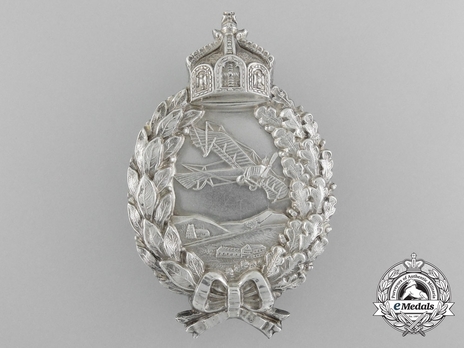
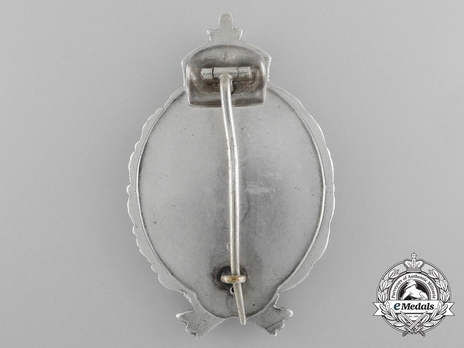
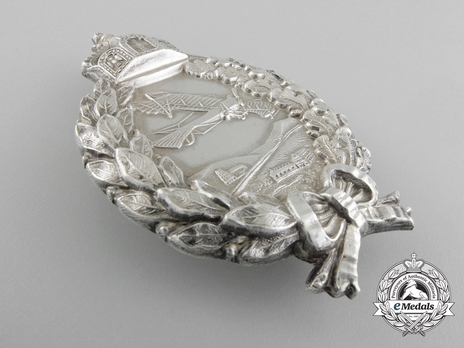
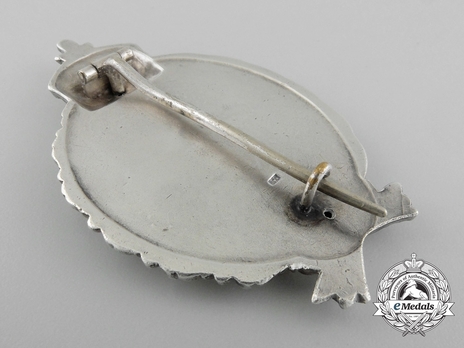
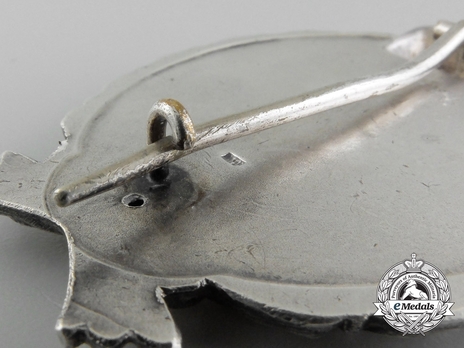
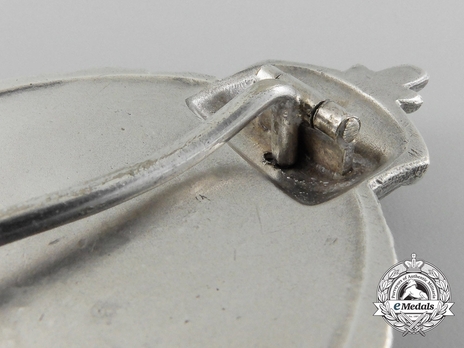
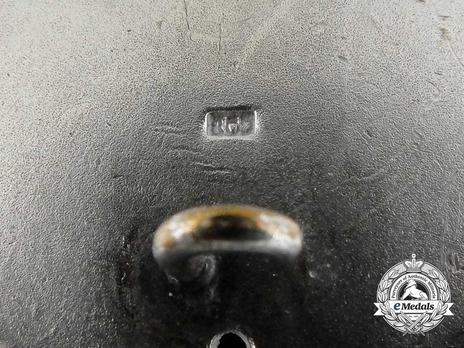
Estimated market value:
Attributes
History
The Pilot Badge was introduced by Emperor Wilhelm II on January 27, 1913. It was awarded to military pilots only. The badge is silver-coloured and has an oval shape. It is framed by laurel on the left and oak leaves on the right side, with an Imperial crown at the top and a bow at the bottom. The centre features a plane (a “Rumpler Taube”) flying over a landscape.
Badges measure approximately 45mm in width and 72mm in height. They weigh between 10 and 30g. The large variation is due to different materials and designs being used.
The badge was worn on the left breast via a pinback. It was awarded to Officers, Non-Commissioned Officers (NCOs), and Enlisted Ranks alike who passed their pilot exams. The award was accompanied by a document. Austro-Hungarian pilots could be eligible to receive the badge as well, but had to wear it on the right breast instead.
The badge had to be returned once the wearer retired from active service or was no longer deemed capable of performing pilot duties. In case of forced retirement from duty, for example due to wounds received in accidents or in combat, the badge could be retained.
After the end of the First World War and with the pending dissolution of the German air force, it was decreed that all badges could be retained by the owners.
Early award pieces were manufactured by maker C. E. Juncker and were made of “800” silver. They were awarded in black cases.
Maker marks on Juncker badges are situated on the reverse, either in the centre or towards the bottom of the badge near the pinback hook. All Juncker badges made from silver, whether they carry a maker mark or not, feature a crescent-shaped moon to indicate silver as the badge’s material, as well as the silver content, “800”.
In 1916, due to the constraints of the war, it was decreed that awards made from silver were to be made from lesser materials that were silver-plated instead. Eventually, towards the end of the war, the badges were hollow stamped from iron or non-ferrous metal to further save on materials.
Specimens by maker P. Meybauer are considered to be from 1917 to 1918 at the earliest. This maker produced many of the extra pieces privately purchased between 1919 and 1945.
Some badges can be found with recipient engravings on the backplate.
Most badges are attached to the uniform by a pinback, however, some badges feature a screwback, four double prongs, or eight small holes for attachment.
Some badges were produced in a reduced size, the so-called “Prinzen” size. These generally measure 30x48mm.
A rare embroidered version of the badge made with silver wire exists as well.
It is unknown how many Pilot Badges were awarded, since the original documents were destroyed during the Second World War. Estimates place the number of German recipients between 6,000 and 7,000.

Versions
$1,100 USD
Silver
This version is made of "800" silver and is unmarked.
$2,000 USD
Silver
This version is made of "800" silver and is maker marked. It also features a screwback.
$725 USD
Silvered Brass
45x72mm
This version is made of silvered brass and is maker marked.
$950 USD
Silvered Brass
This version is made of silvered brass and is unmarked.
$500 USD
Silvered Iron
This version is made of silvered zinc, is unmarked, and features a solid reverse.
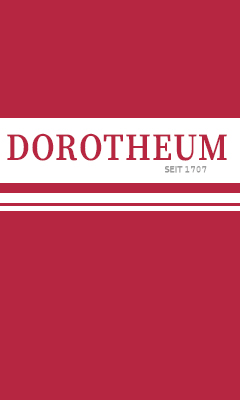

Comments
Sign in to comment and reply.


Scroll Top